The name Jade refers to two different metamorphic rocks – Jadeite and Nephrite. New Zealand Jade, also known as Pounamu or Greenstone, is all Nephrite. Nephrite is formed from two minerals; Tremolite, which has a starburst crystal structure, and Actinolite, which has long wavy fibres. When “felted” together by geological processes they produce a stone tougher than steel.
The green colour of Jade is due to the presence of iron which over time oxidises (rusts) to form the brownish rind we often see on the outside of Jade boulders. Please note that these are my own interpretations of the Maori and modern names given to New Zealand Jade. All of the boulders you can see below are examples from my own personal collection, many of which are quite rare.
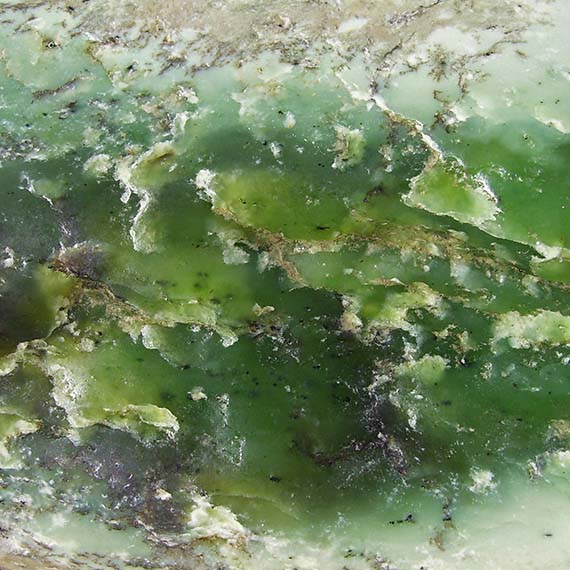
KAHURANGI JADE
Incredible depth in this stone.
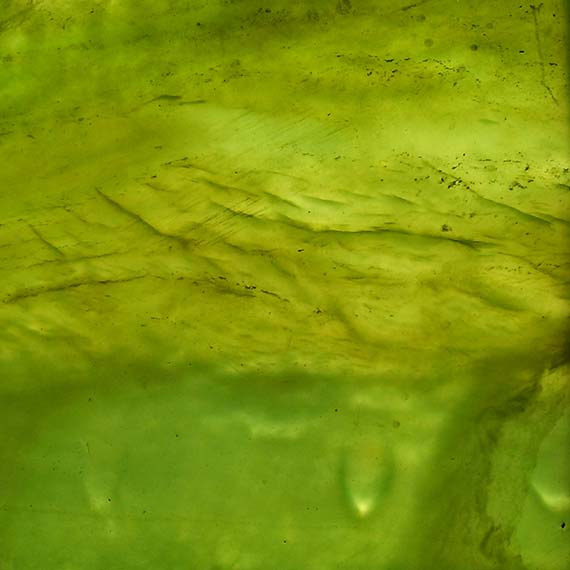
KAHURANGI JADE
Highly translucent bright green jade.
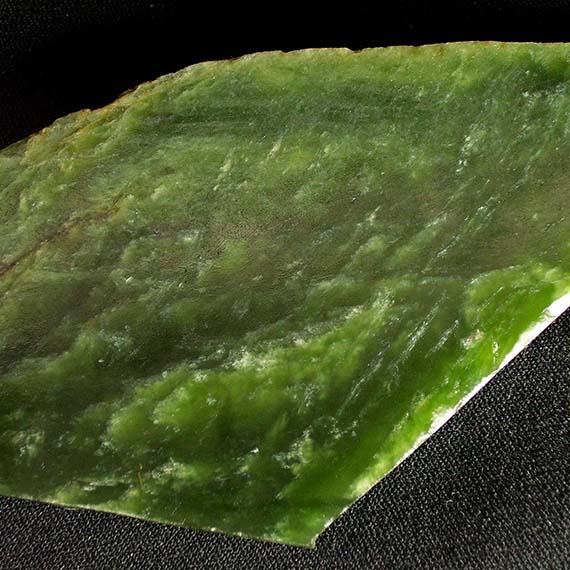
KAHURANGI JADE
Kahurangi is always highly translucent.
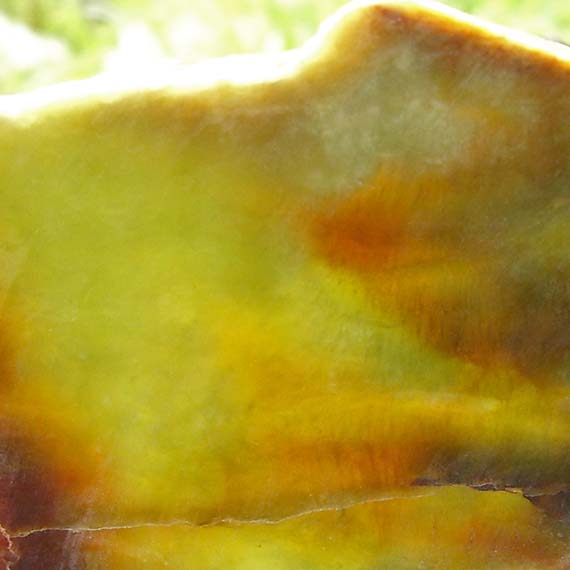
RAUKARAKA JADE
Yellow jade.

INANGA JADE COBBLE
The pale milky jadesare called Inanga.
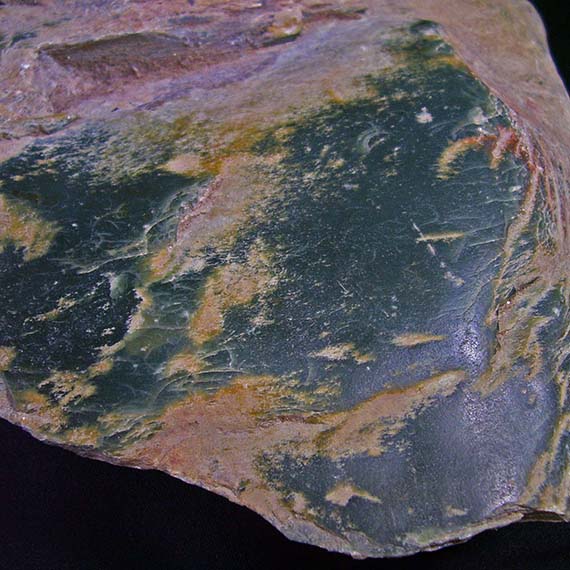
BLUE INANGA JADE
Sometimes with a blue tinge.
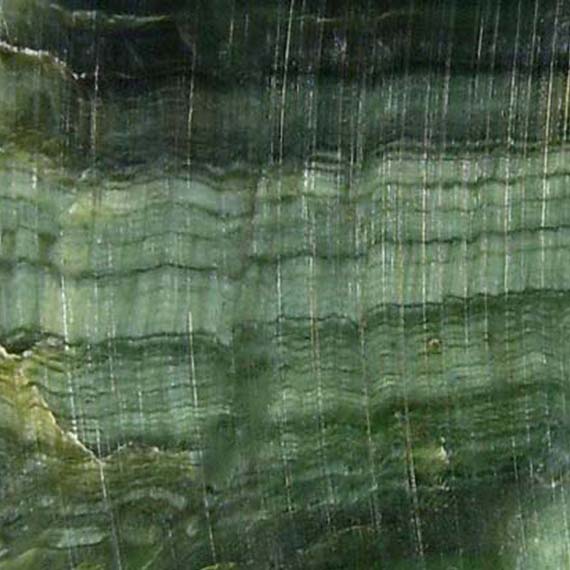
PIPIWHARAROA
Wonderful shimmering bands.

PIPIWHARAROA
Like the breastof the shining cuckoo.

KAWAKAWA
Term covers the rich,medium green jades.
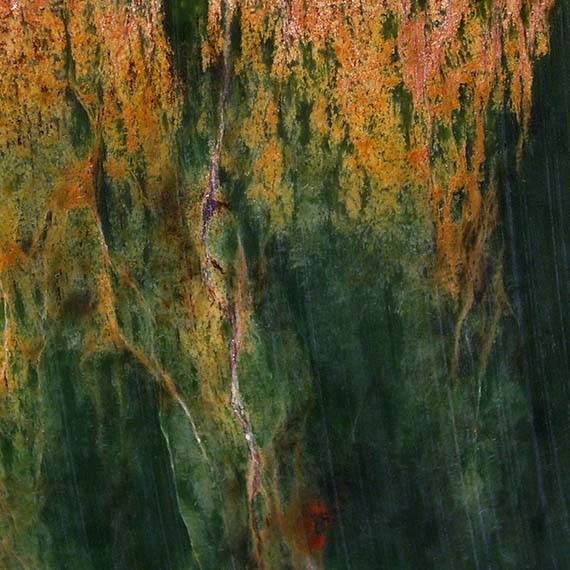
FLOWER JADE
Not an original Maori name.
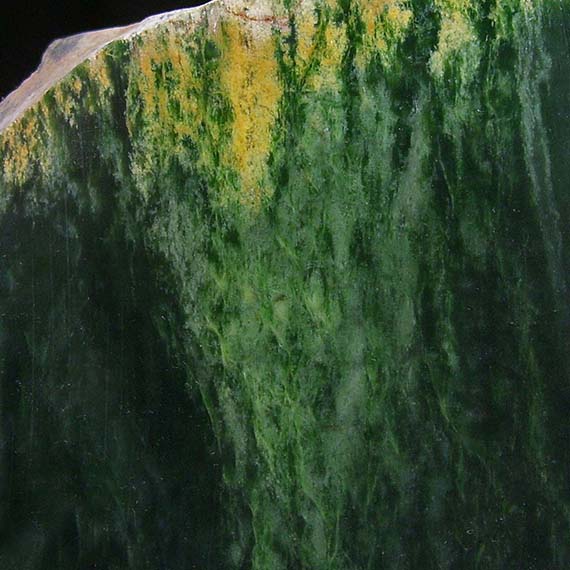
FLOWER JADE
Often found in the Marsden area.
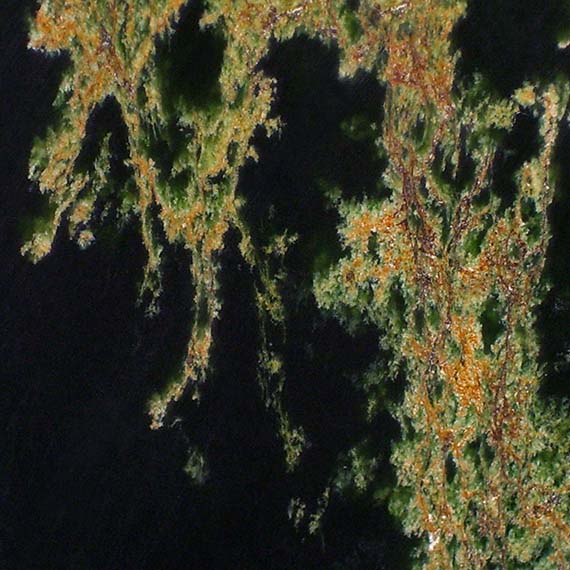
FLOWER JADE
Exquisite flower-like patterns.
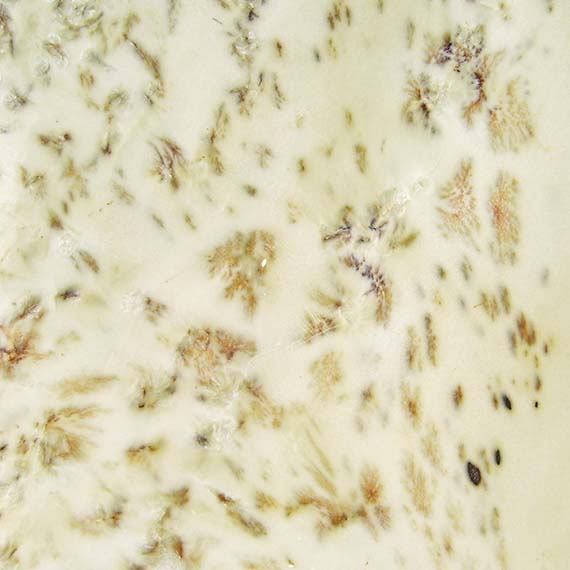
KOKOPU JADE
The spotted jades.
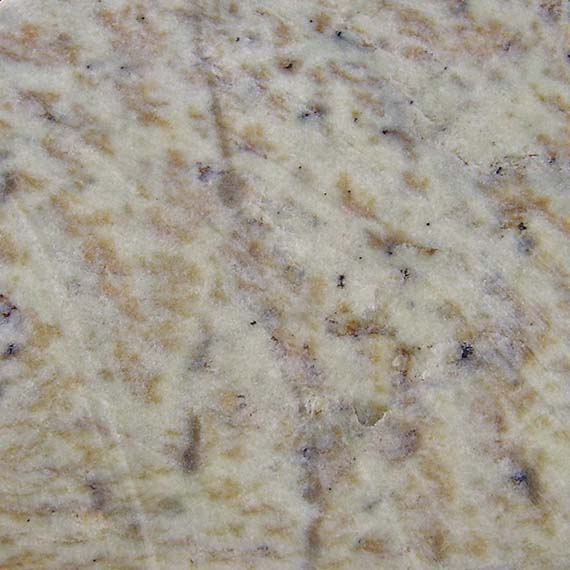
KOKOPU JADE
Named after the New Zealand native Galaxid (trout).
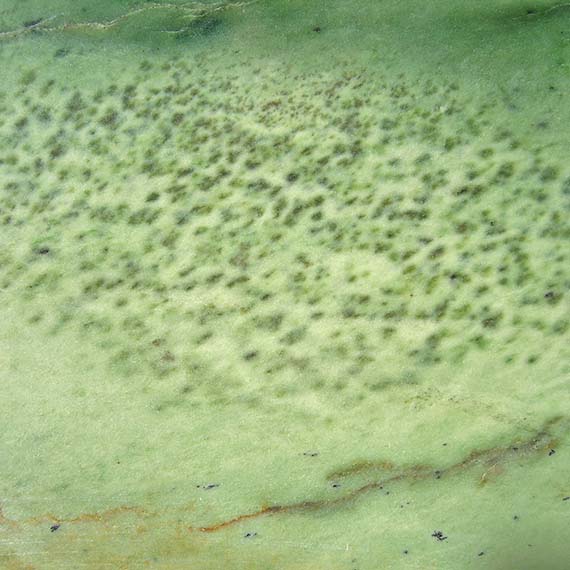
KOKOPU JADE
This jade is often called “Troutstone”.

DENDRITIC KOKOPU JADE
Sometimes these jadeshave dendrites.

AUHUNGA JADE
The snowy patterns make this pretty close to the classic form.
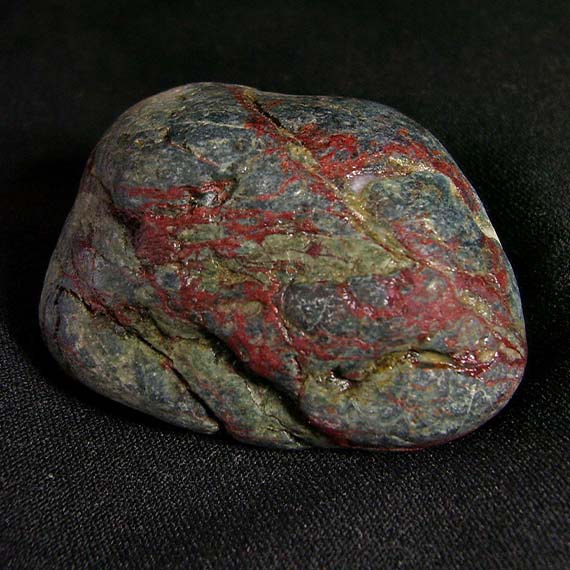
TOTOWEKA JADE
Red splashes (the name means Weka blood).
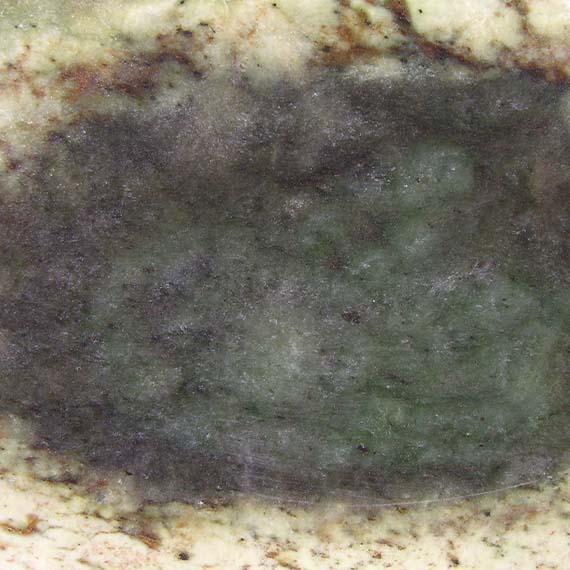
TOTOWEKA JADE
Red streaks swirl in this Totoweka.
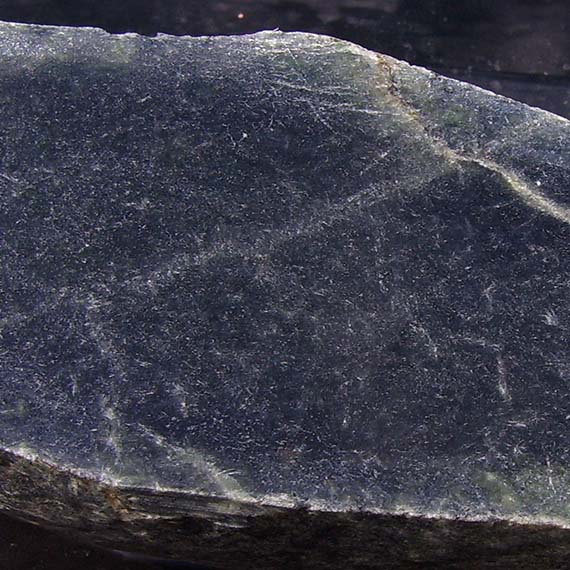
BLACK JADE
Very rare in NZ, this is black jade.